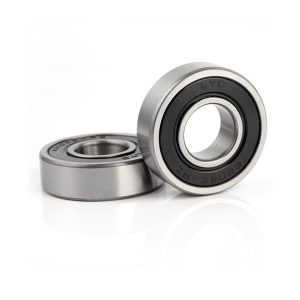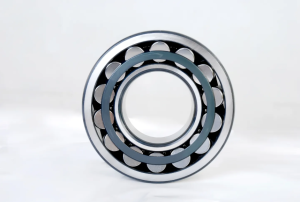How to Categorize Different Types of Bearings?
Bearings are crucial components in mechanical devices, primarily designed to support the rotation of machinery and reduce the friction coefficient during transmission. There are two main types: rolling bearings and plain bearings. Rolling bearings, particularly the widely used types, are briefly introduced below:
-
Categorized by load direction or nominal contact angle:
-
Radial bearings: Mainly withstand radial loads.
-
Thrust bearings: Primarily endure axial loads.
-
-
Categorized by the type of rolling element:
-
Ball bearings
-
Roller bearings
-
-
Categorized by self-aligning capability:
-
Self-aligning bearings
-
Non-self-aligning bearings (rigid bearings)
-
-
Categorized by the number of rolling elements:
-
Single-row bearings
-
Double-row bearings
-
Multi-row bearings
-
-
Categorized by separability:
-
Separable bearings
-
Non-separable bearings
-
Additionally, there are other classifications based on structural shape and size. For instance, deep groove ball bearings are suitable for high-speed rotations with low noise and vibration requirements, commonly used in applications such as automotive rear wheels, transmissions, and electrical devices.
Angular contact ball bearings, characterized by an adjustable contact angle, find applications in various scenarios. Single-row types are used in machine tool spindles, high-frequency motors, and more, while double-row types are employed in oil pumps, roots blowers, and air compressors.
Self-aligning ball bearings feature a spherical outer raceway, automatically adjusting to shaft or housing misalignments. They are utilized in woodworking machinery, textile machinery drive shafts, and vertical self-aligning bearing seats.
Cylindrical roller bearings are suitable for heavy and impact loads, with N-type and NU-type accommodating axial movement. They are commonly used in machine tool spindles, medium to large electric motors, generators, and various industrial machinery.
Tapered roller bearings, with tapered rollers guided by the inner ring’s large rib, are used in applications such as automotive front and rear wheels, gearsets, and machine tool spindles.
Thrust bearings come in three main forms: axial thrust bearings (primarily withstand axial loads), radial thrust bearings (mainly withstand radial loads but can handle significant axial loads), and thrust radial bearings (capable of handling both axial and radial loads).
These are some widely used types of rolling bearings, and when selecting them, factors like load conditions, bearing speed, self-aligning capabilities, ease of installation and disassembly, and cost-effectiveness should be considered.


